TAG Precision—American-made RMR Plate for Kimber
For users of optics-ready Kimber 1911 and 2K11 pistols, TAG Precision has announced…
For users of optics-ready Kimber 1911 and 2K11 pistols, TAG Precision has announced…
Fountain Valley, CA—SureFire, LLC, manufacturer of the world’s finest—and most innovative—illumination tools and…
Shinenyx—creators of a cutting-edge fusion of digital night vision and thermal imaging technology—has…
All shooting is a balance between speed and precision. By that I mean you can…
The Mod-Navy Qual I’ve been doing this qual (or drill, or whatever the current nom…
• Built for road trips and off-road use• Manual transmission equipped• Wrapped in MultiCam Arctic…
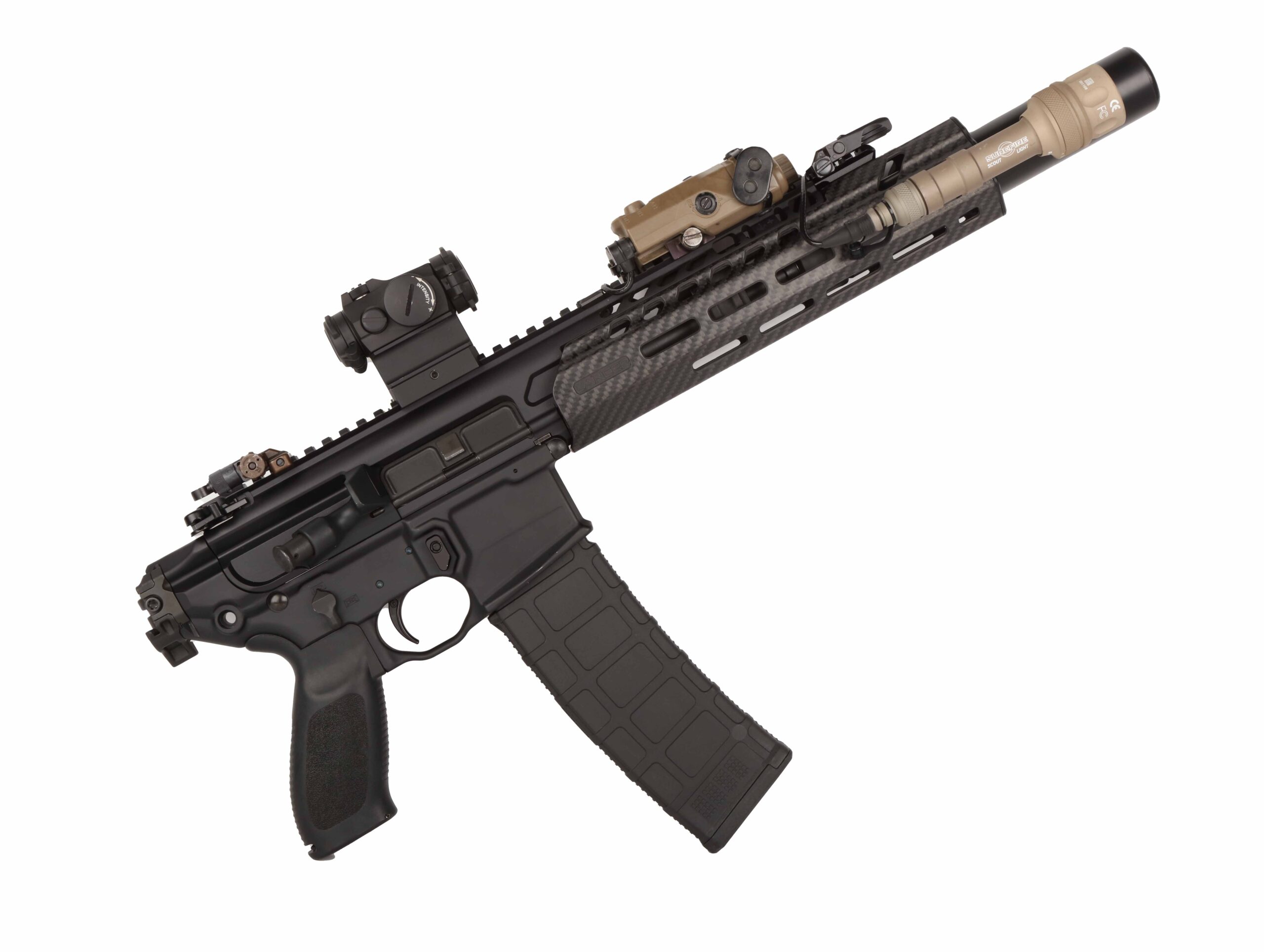
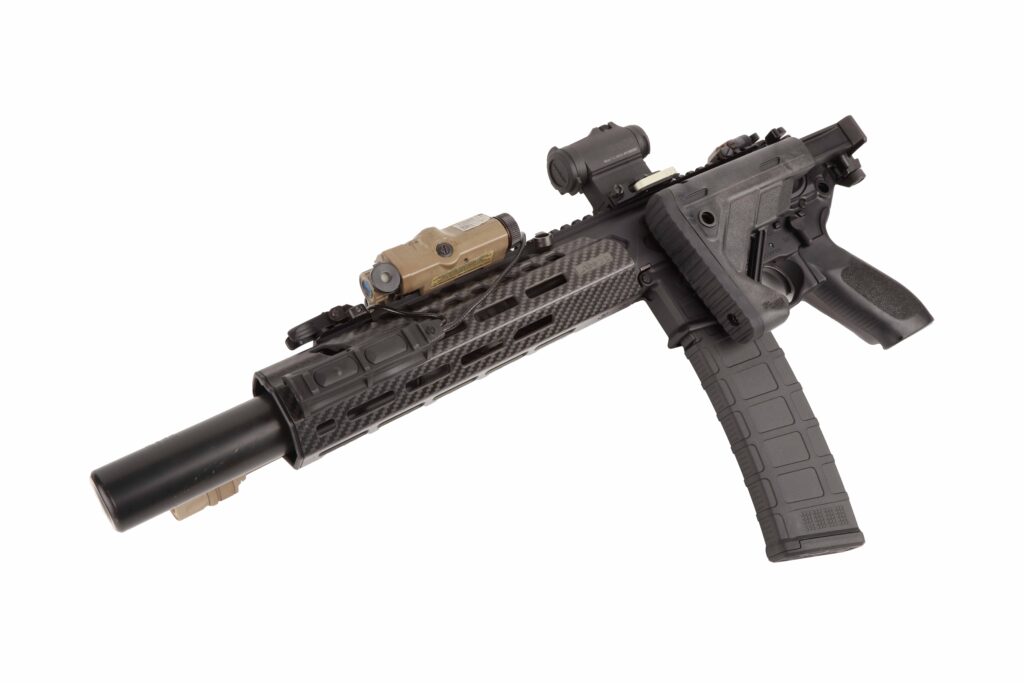
Over the years we have seen some incredible customized firearms grace the pages of UN12. While these original custom guns have all been truly spectacular, we’ve been missing out on an equally dedicated group of individuals who are focused on another type of firearm customization. We’re talking about firearm cloning. These “cloners” are people who set out to make faithful reproductions of military firearms from around the world and from different eras.
“Clone Life” is fun and educational but can also be frustrating at times. We’ve seen some clone collections that are, simply put, amazing. An avid cloner’s proclivity for attention to detail shouldn’t be underestimated. No varied shade of FDE or obscure piece of kit will deter the dedicated from getting his or her build just right. The lengths a cloner will go to figuring out what parts make a correct build—not to mention sourcing said parts for the build—are astonishing.
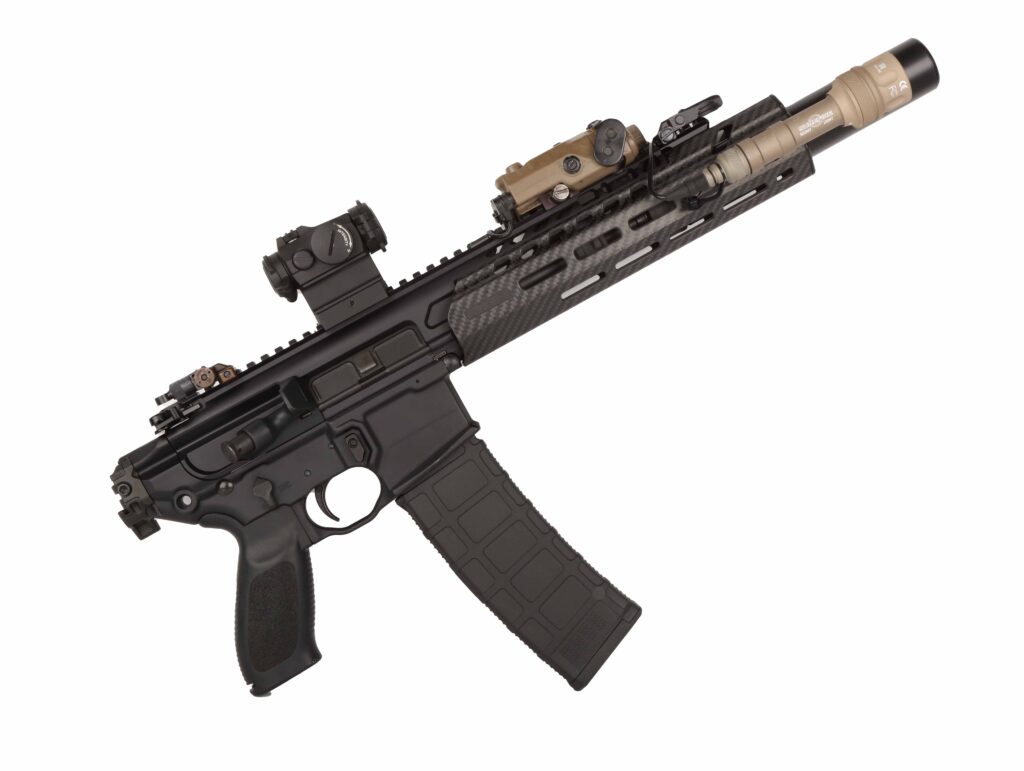
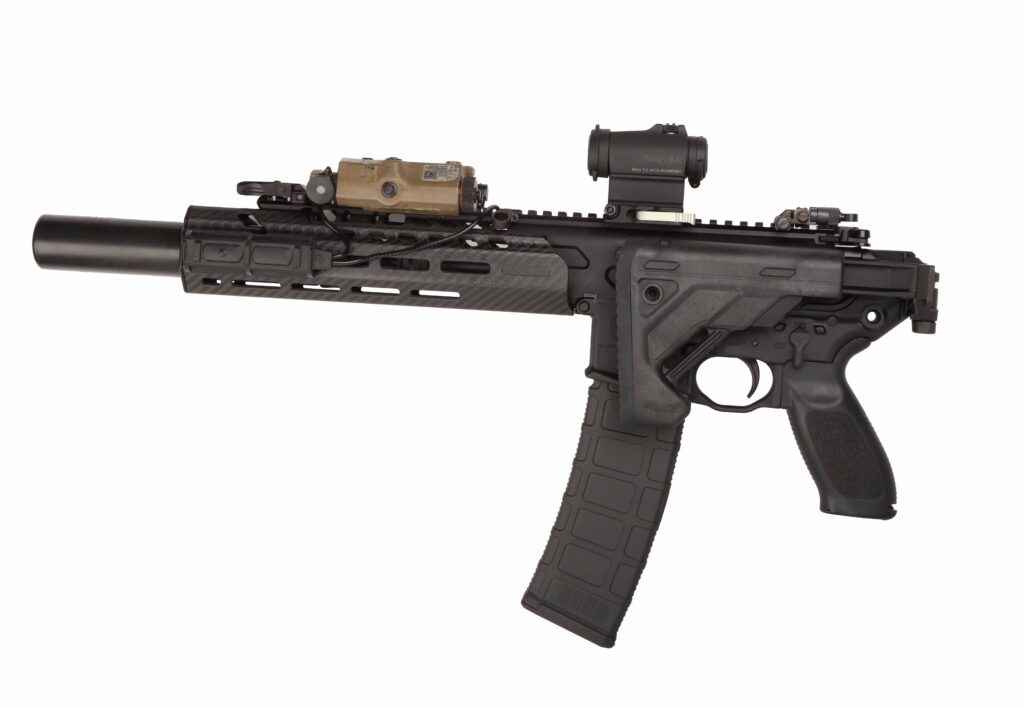
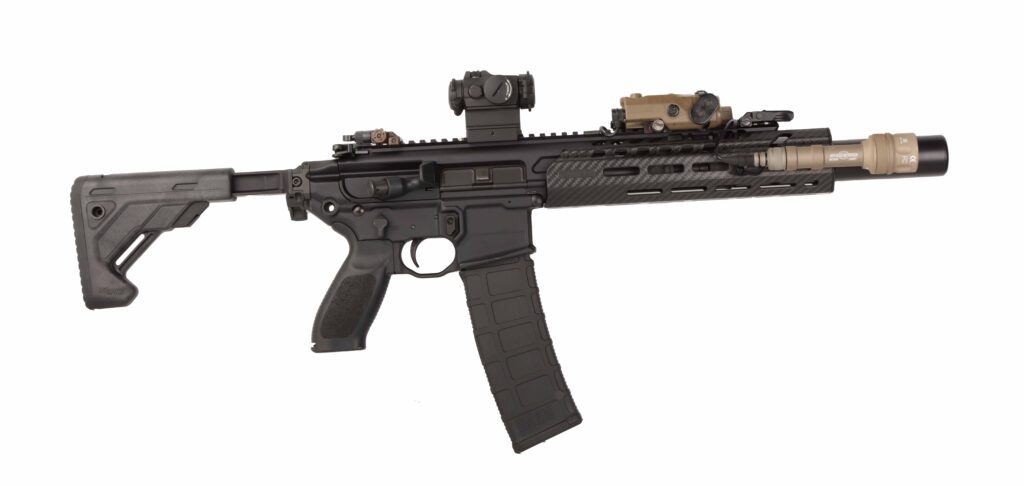
I contacted my friend Pat, who is always looking for the next weapon the United States military is fielding, to see what project he was currently on. Without skipping a beat, he showed me a grainy screenshot that he’d spotted on Instagram of what looked like a personal security detail operator in Afghanistan carrying a LVAW (Low Visibility Assault Weapon). Inspired by this single photo, he had set out to build a carbon copy of it. He told me that, prior to taking this project on, he had to do his fair share of digging around on the internet for photos and speaking to fellow cloners to gather enough info about the LVAW in order to reproduce it.
While special units throughout the U.S. military are able to source individual weapon purchases for off-the-shelf items, some who are looking for a particular build will occasionally put a request out for a new category of firearm altogether. Enter the LVAW program. SIG Sauer was the eventual winner of this contract and the resulting firearm was, to put it mildly, awesome. Based on the modular SIG MCX platform, the LVAW came complete with an assaulter’s kit that allowed infinite adaptability of the firearm in terms of caliber, barrel length, and stock configuration.

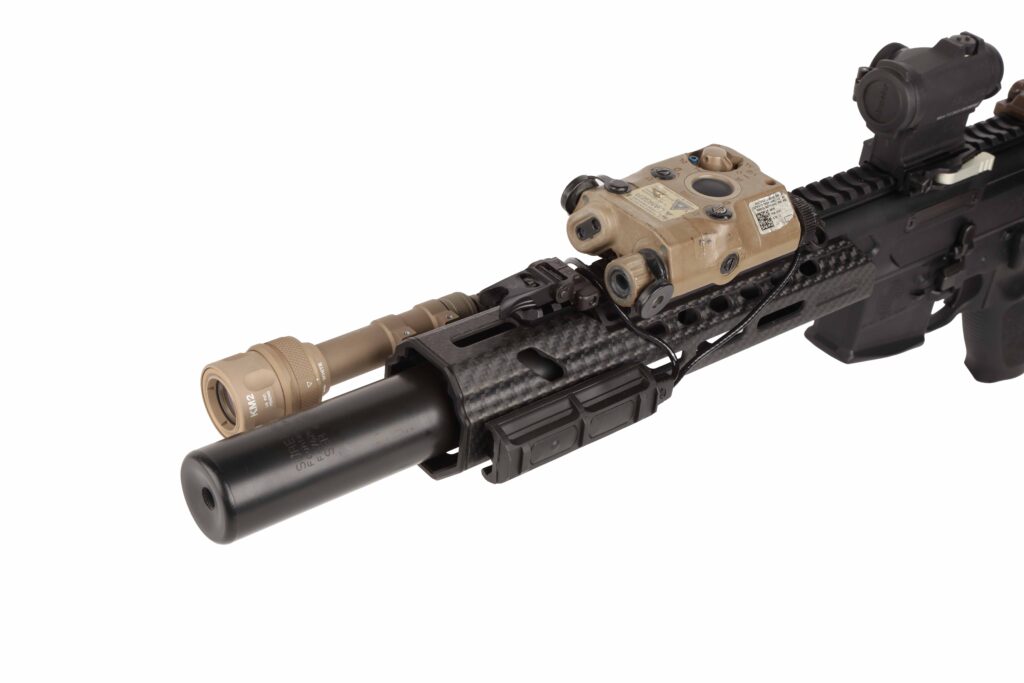
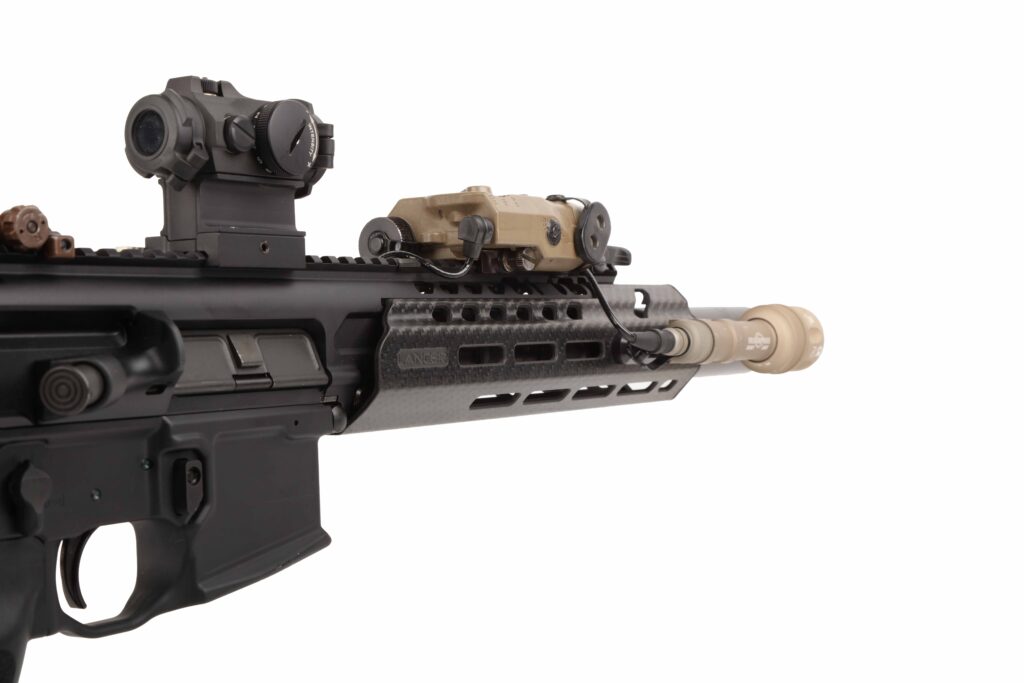
Pat tried to get in contact with anyone he knew at SIG to see what parts available to civilians could help him assemble his LVAW clone. He was told that, unfortunately, the original contract was for a proprietary lower and forend configuration that was unavailable commercially. But all was not lost; his contact did give him a glimmer of hope. Pat learned that after the initial run of LVAWs using the aforementioned proprietary parts, SIG switched to using off-the-shelf solutions to fulfill the rest of the contract. So while he wouldn’t be able to build a clone of the initial-run LVAW, it would be possible to piece together a clone of the latter version. His contact also filled him in on how the commercially available SIG MCX could be fitted with available aftermarket parts to produce his clone.
Starting with his first-generation MCX, Pat chose a replica-correct set of parts that included a Lancer Systems 10.5-inch carbon-fiber handguard, a 300 BLK 6.75-inch barrel, and a SIG side-folding skeleton stock assembly. Having already registered his MCX as an SBR meant he wouldn’t need to go the pistol brace route.
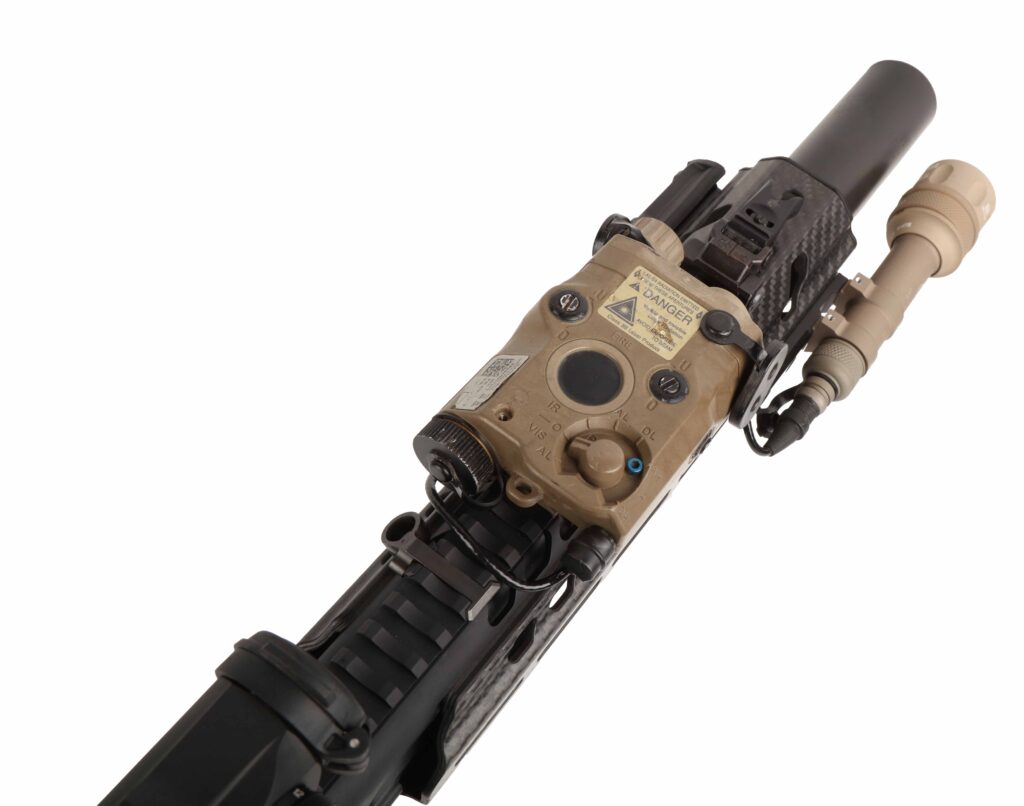
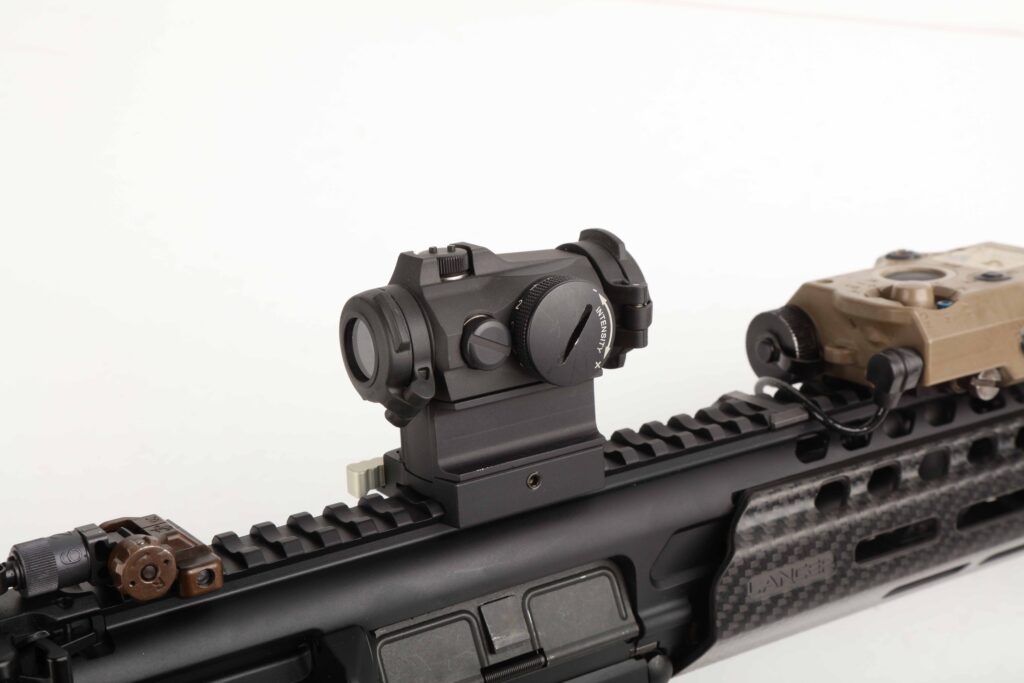
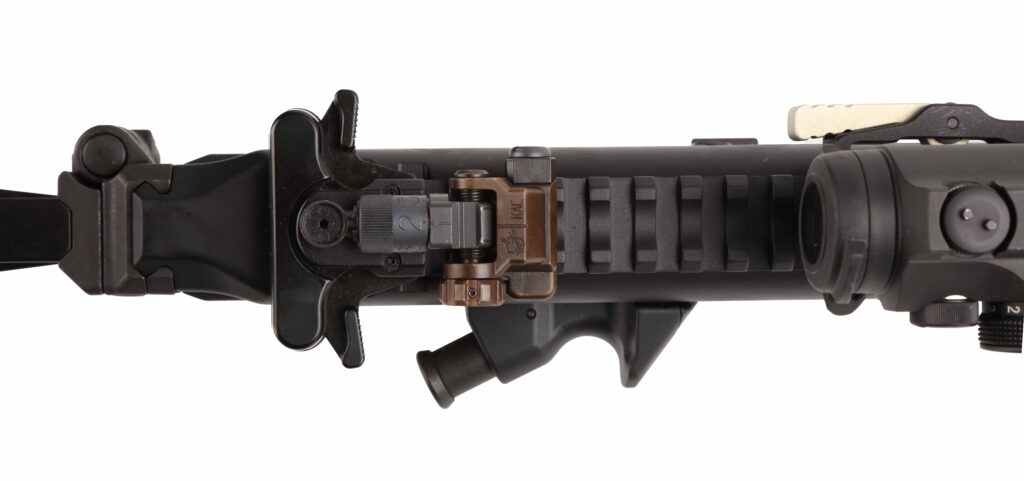
A key feature of the compact LVAW is that it is suppressed, with much of the sound suppressor hidden under the handguard. To achieve the look, he first utilized a dummy suppressor that SIG sells. It gave it the look he wanted but, being a fake suppressor, it didn’t have the sound-reduction attributes the real LVAW has. Wanting the full functional effect of a suppressed LVAW, yet not having the budget to spring on a correct SIG direct-thread suppressor nor the patience to save up for one, he attached his SureFire 7.62K to it instead. “I used the same products the military uses where I could, and took some artistic liberties with the rest,” Pat says regarding the suppressor.
Based on the original picture that inspired this build, he filled out the rest of the LVAW clone with items that he could make out from the grainy image. He topped his rifle with an Aimpoint T-2 as well as a military-grade PEQ-15. He’s still trying to source the correct light, but for now an older SureFire M600 acts as a placeholder.
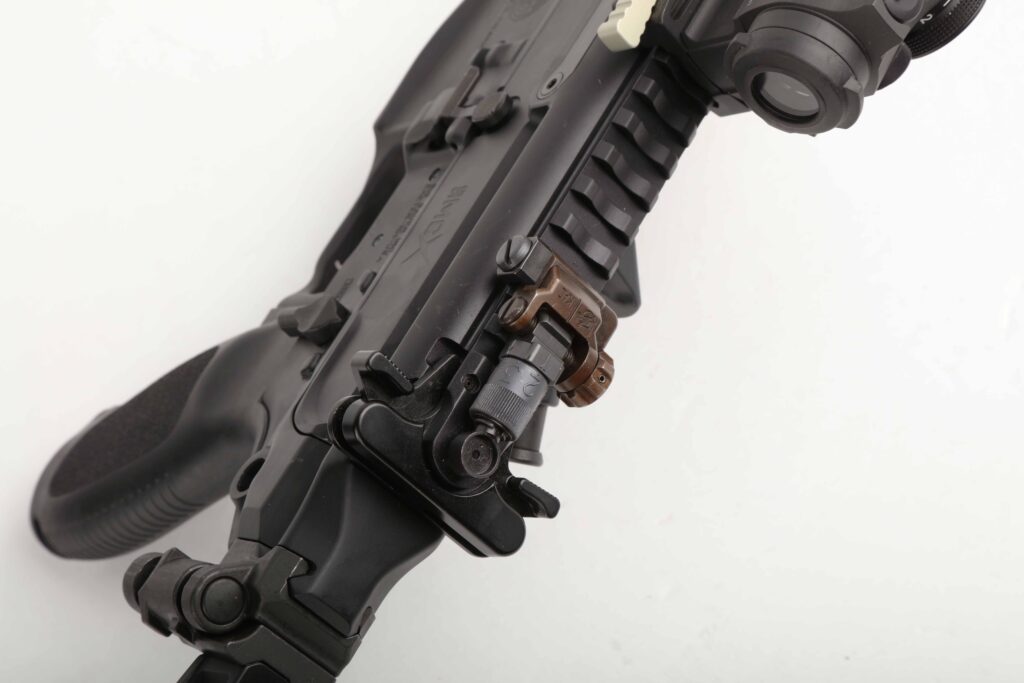
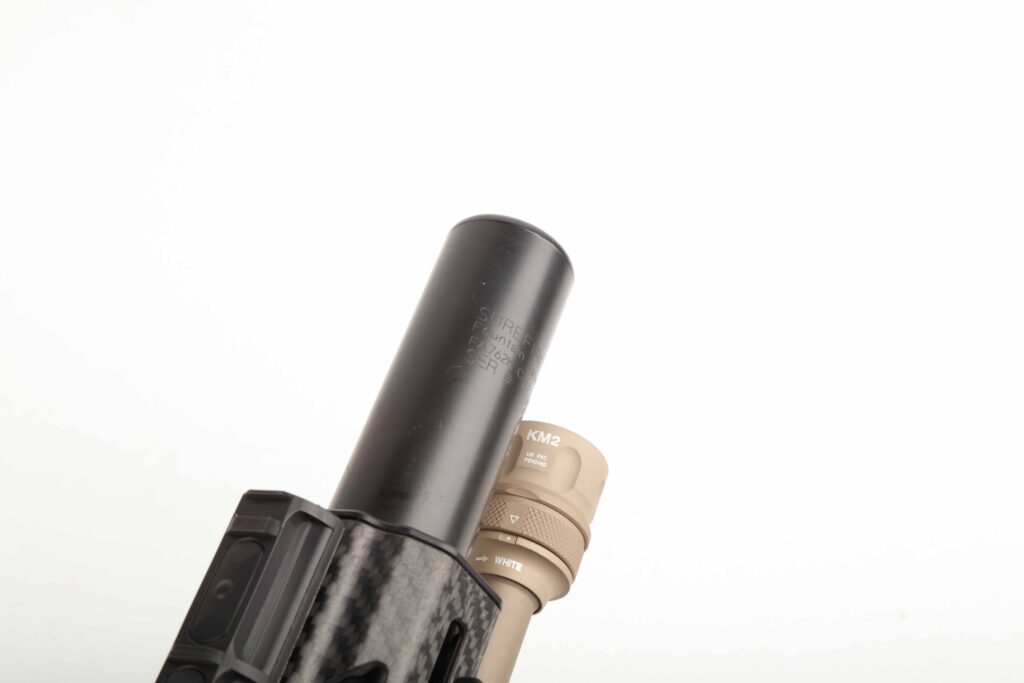
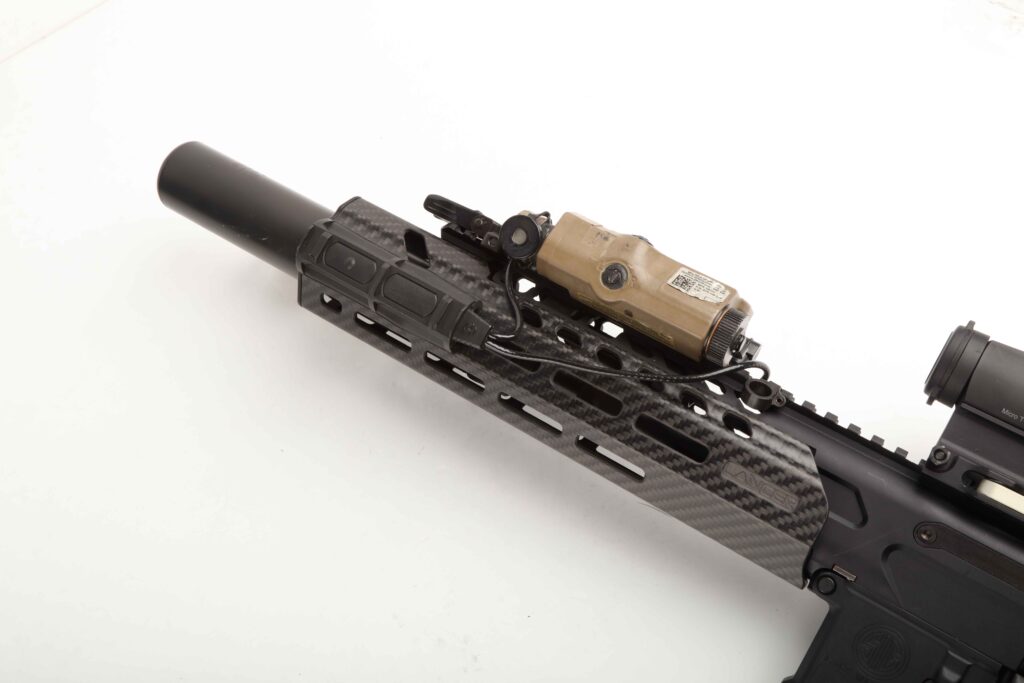
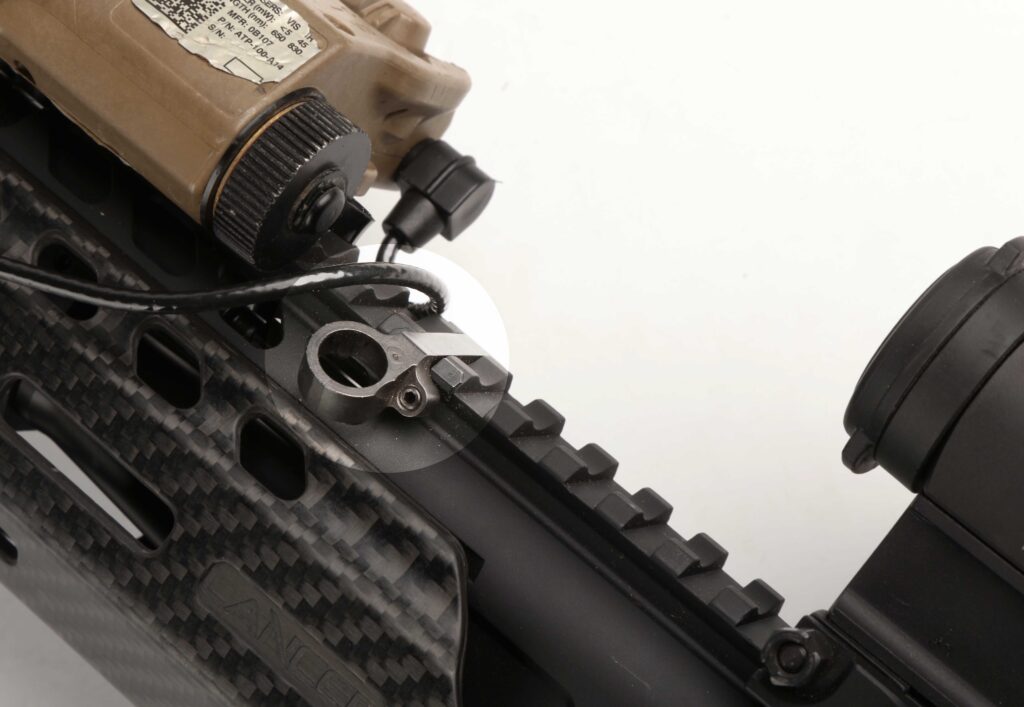
“I zeroed the gun for supersonic ammunition,” Pat says. “When I run subsonic ammo through it, it’s almost Hollywood quiet. I really love making exact replicas of current military firearms.” We were impressed with his attention to detail and ability to pull up source pictures to confirm that all the items used on his build have appeared in-country. We can’t wait to see what else Pat has to share for future “Clone Life” articles.
Text by Michael Penhall and Images by John Scott
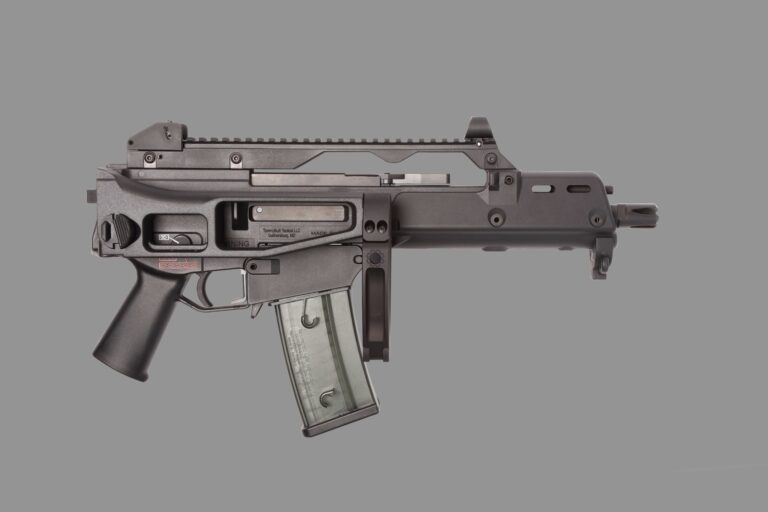
TommyBuilt T36 Every firearm collector has some sort of unicorn or Holy Grail. It could be due to the rarity of the firearm worldwide, or, in my case,…
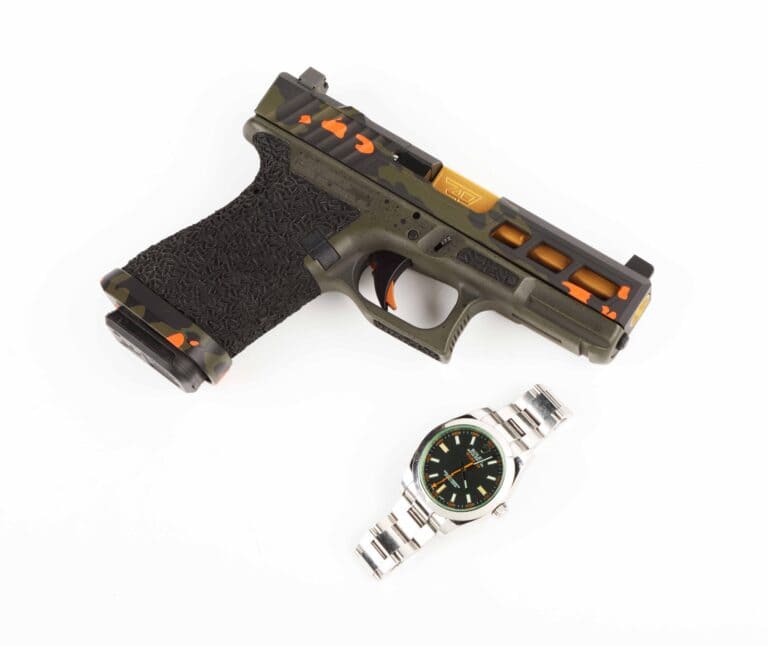
• Rolex Milgauss-themed Glock• Based on a Glock 19 Gen3• Custom Cerakoted & stippled When it comes to timepieces, there may be no other brand that can top…
![Holosun 507 Comp Review [Video]](https://un12magazine.com/wp-content/uploads/2023/07/Holosun-507-Comp-Review-768x432.jpg)
We review the 507 Comp. The new big red dot from Holosun that has had the internet buzzing. See what we think, let us know your thoughts.
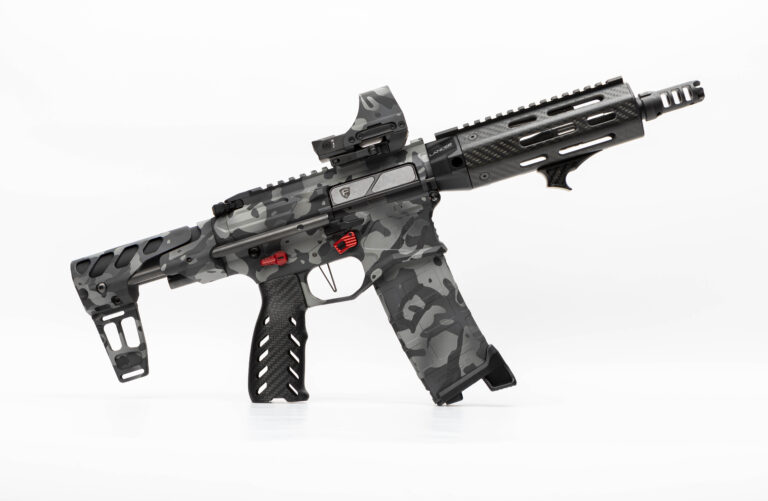
We’ve written before about the connection between automobiles and firearms and the commonly converging interests among enthusiasts of the two camps. Christopher Haydostian, formerly of Los Angeles and…

ZEV Technologies has a new AR15 in their rifle lineup: the ZEV Core Combat Rifle.
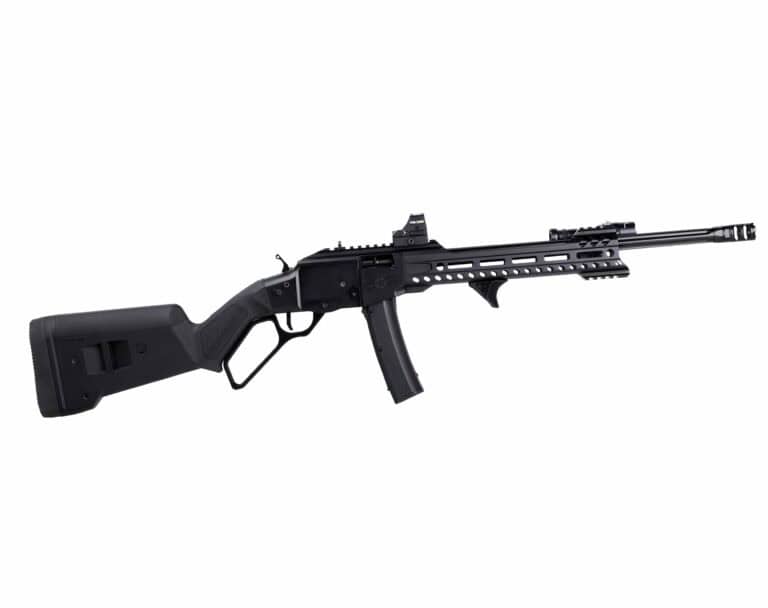
It’s no secret that lever-action rifles are the latest hotness in firearms, and it’s easy to understand why. They’re fun to handle and to shoot. Not to be…
© 2026 UN12 Magazine
© 2026 UN12 Magazine
Wait! Don’t forget to